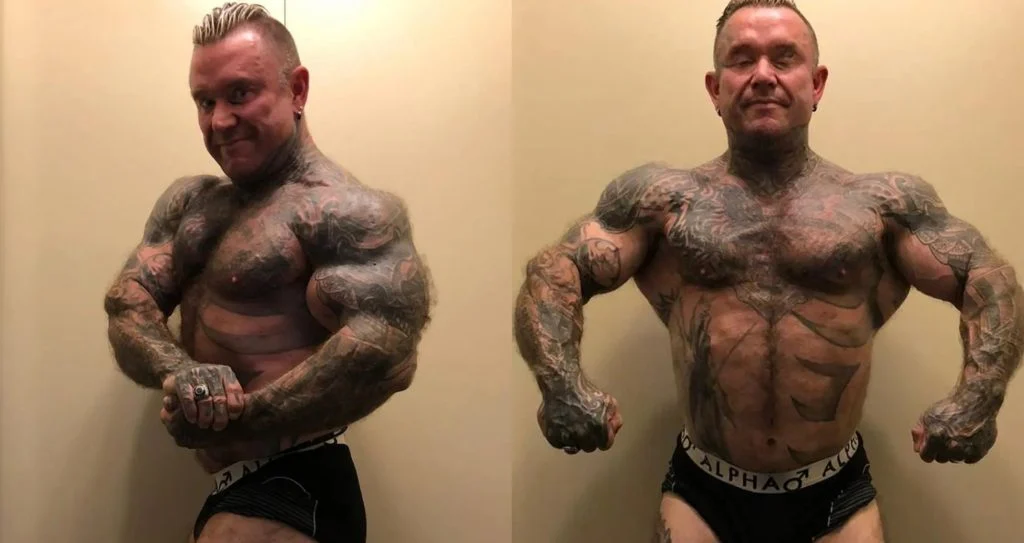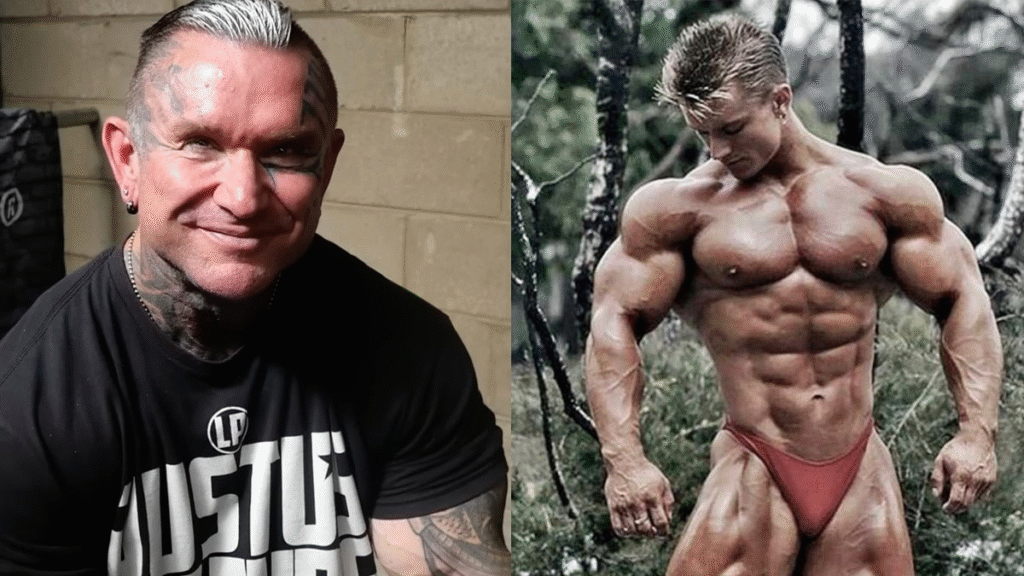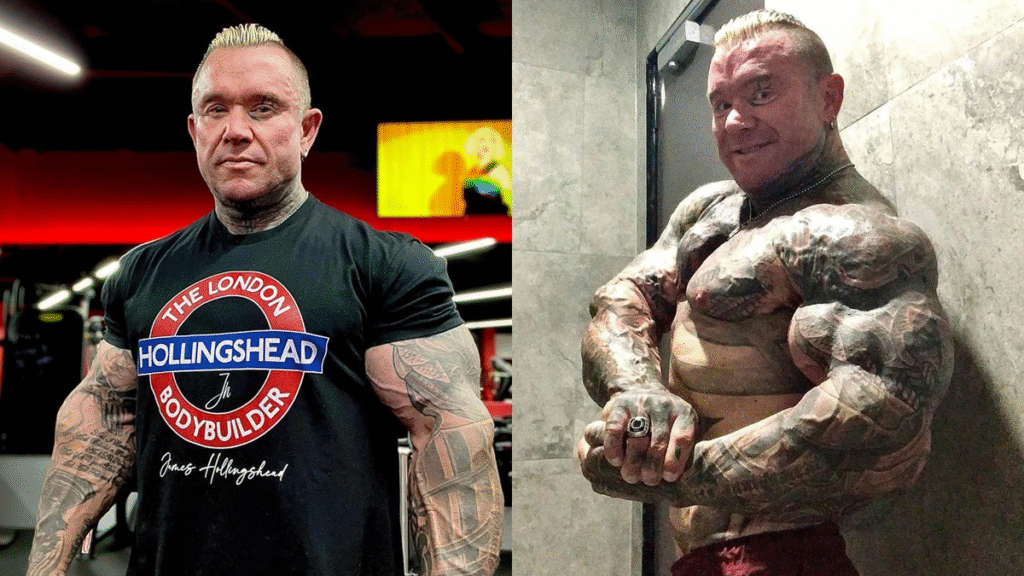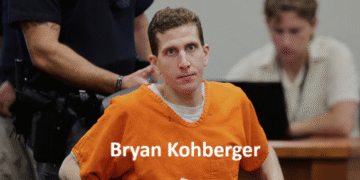In the colossal world of professional bodybuilding, where giants of muscle and sheer mass often dominate the stage, Lee Priest stood out – not just for his incredible physique and hardcore training philosophy, but also for his relatively shorter stature. The question of “Lee Priest’ Height” has been a point of fascination and discussion among bodybuilding enthusiasts for decades. While the towering figures often grab initial attention, Priest proved that heart, dedication, and dense muscle can more than compensate for a lack of height, carving out a legendary career that continues to inspire.
Unpacking the Numbers: Just How Tall Was Lee Priest?
The most commonly cited and widely accepted figure for Lee Priest’s height is 5 feet 4 inches (163 centimeters). This measurement is consistently mentioned across various bodybuilding platforms, interviews, and his official profiles. Compared to many of his contemporaries who often stood well over 5’10”, Priest was undeniably one of the shorter professional bodybuilders of his era.
However, it’s crucial to understand that in bodybuilding, height is just one metric among many. Symmetry, proportions, muscle density, and stage presence are equally, if not more, important factors in determining success. Lee Priest excelled in these areas, using his compact frame to his advantage. His thickness and fullness were legendary, often making him appear much larger than his listed height might suggest.
The “Blonde Myth”: A Career Forged in Iron Will

Born on July 6, 1972, in Newcastle, Australia, Lee Andrew Priest McCutcheon, affectionately known as “The Blonde Myth,” began his bodybuilding journey at a young age. He entered his first competition at just 13 and quickly racked up wins, including multiple IFBB Mr. Australia titles as a teenager (at 16, 17, 18, and 19). This early success hinted at the incredible potential he possessed, regardless of his height.
Turning professional in 1993, Priest stepped onto the international stage, competing against some of the biggest names in the sport. His career spanned over two decades, marked by consistent top placings in prestigious events like the Arnold Classic, Ironman Pro Invitational, and the Mr. Olympia. Notably, he secured several top-six finishes at the Mr. Olympia, a testament to his ability to compete with and often outshine taller competitors. One of his most significant victories came in 2006 when he won the IFBB Ironman Pro.
Height as an Advantage? Priest’s Dense Musculature
While some might perceive shorter stature as a disadvantage in a sport often associated with imposing height, Lee Priest cleverly utilized his genetics. His compact frame allowed him to build an incredibly dense and full physique without appearing disproportionate. Every pound of muscle he added seemed to have a greater visual impact.
His arms, in particular, became legendary, often cited as some of the best in bodybuilding history. Measuring a staggering 22 inches (and reportedly even larger in the off-season), his biceps and triceps were mountains of muscle on a shorter frame, creating an illusion of even greater mass. This density and thickness allowed him to stand next to taller competitors and still command attention.
Training Philosophy: The Relentless Pursuit of Mass

Lee Priest’s training philosophy was as hardcore and no-nonsense as his physique. He was known for his high-volume, high-frequency approach, often training multiple times a day and not being afraid to push his body to its absolute limits. Compound exercises like squats, deadlifts, and bench presses formed the foundation of his workouts, building a solid base of overall strength and mass. He also incorporated isolation movements to sculpt and refine specific muscle groups, ensuring balance and symmetry.
Priest’s dedication and work ethic were undeniable. He believed in listening to his body but also pushing past perceived limitations. This relentless pursuit of muscle mass, combined with his genetic predisposition for thickness, allowed him to achieve a world-class physique despite his shorter height.
Controversies and Character: The Unapologetic Legend
Beyond his physique, Lee Priest was also known for his outspoken personality and often controversial opinions. He never shied away from speaking his mind, even if it meant going against the grain of the bodybuilding establishment. This honesty and “tell-it-like-it-is” attitude endeared him to many fans, who appreciated his authenticity in a sport often shrouded in carefully crafted images.
His career saw him face disagreements with the IFBB, leading to suspensions and ultimately a departure to compete in other federations, including winning the NABBA Universe title in 2013. These controversies, however, did little to diminish his legendary status within the bodybuilding community.
The Enduring Legacy of the “Giant Killer”

Lee Priest’s career serves as a powerful reminder that success in bodybuilding is not solely determined by height. His incredible muscle density, combined with his relentless training and unwavering dedication, allowed him to compete at the highest levels and leave an indelible mark on the sport. He proved that a shorter bodybuilder could stand tall among giants, earning the moniker “The Giant Killer.”
Even today, years after his prime competitive years, Lee Priest remains an influential figure in bodybuilding. His training advice, his unfiltered opinions, and most importantly, his incredible physique continue to inspire aspiring bodybuilders worldwide. The truth about Lee Priest’s height is that while he may have been shorter than many, his impact on bodybuilding was anything but small.
(FAQs) About Lee Priest’s Height:
Q1 What was Lee Priest’s exact height?
Lee Priest’s height is consistently recorded as 5 feet 4 inches (163 centimeters).
Q2 Did Lee Priest’s height affect his bodybuilding career negatively?
While shorter than many of his competitors, Lee Priest’s height did not negatively impact his career. In fact, his compact frame allowed him to build incredible muscle density and thickness, which became his trademarks and helped him achieve significant success.
Q3 Was Lee Priest the shortest professional bodybuilder?
Lee Priest was certainly among the shorter professional bodybuilders. While there might have been others with similar or slightly shorter heights, Priest’s success at the highest levels despite his stature made him particularly notable.
Q4 How did Lee Priest compensate for his lack of height on stage?
Priest compensated for his height through his exceptional muscle density, fullness, and symmetry. His proportions were often praised, and his sheer mass on a shorter frame created a powerful and memorable stage presence.
Q5 What can aspiring bodybuilders learn from Lee Priest’s success despite his height?
Aspiring bodybuilders can learn that dedication, hard work, strategic training, and maximizing one’s genetic potential are more crucial than height. Lee Priest’s career proves that focusing on building a dense, proportionate physique and bringing a strong stage presence can lead to success regardless of stature.
For More Information Visit Bratish Magazine

















































































